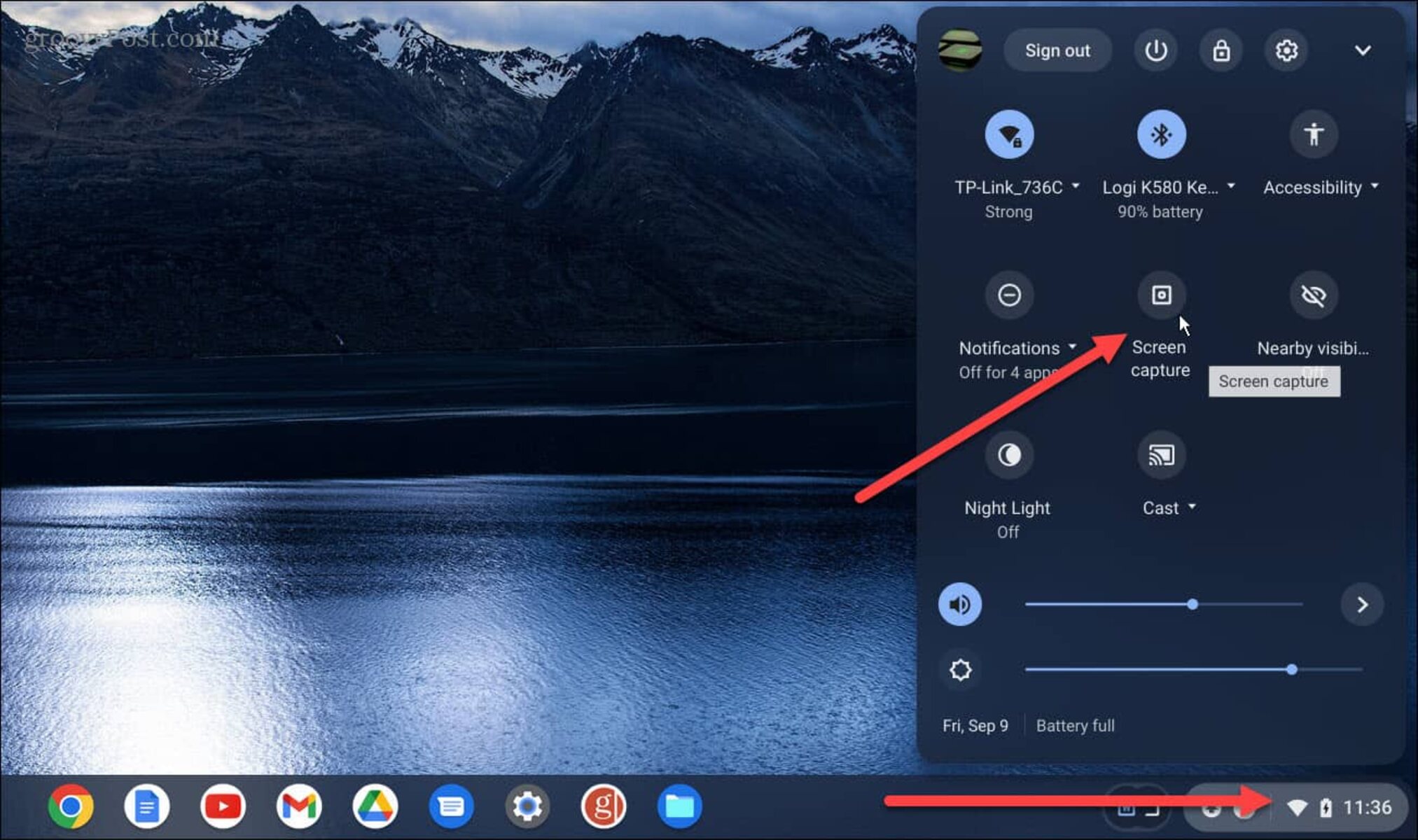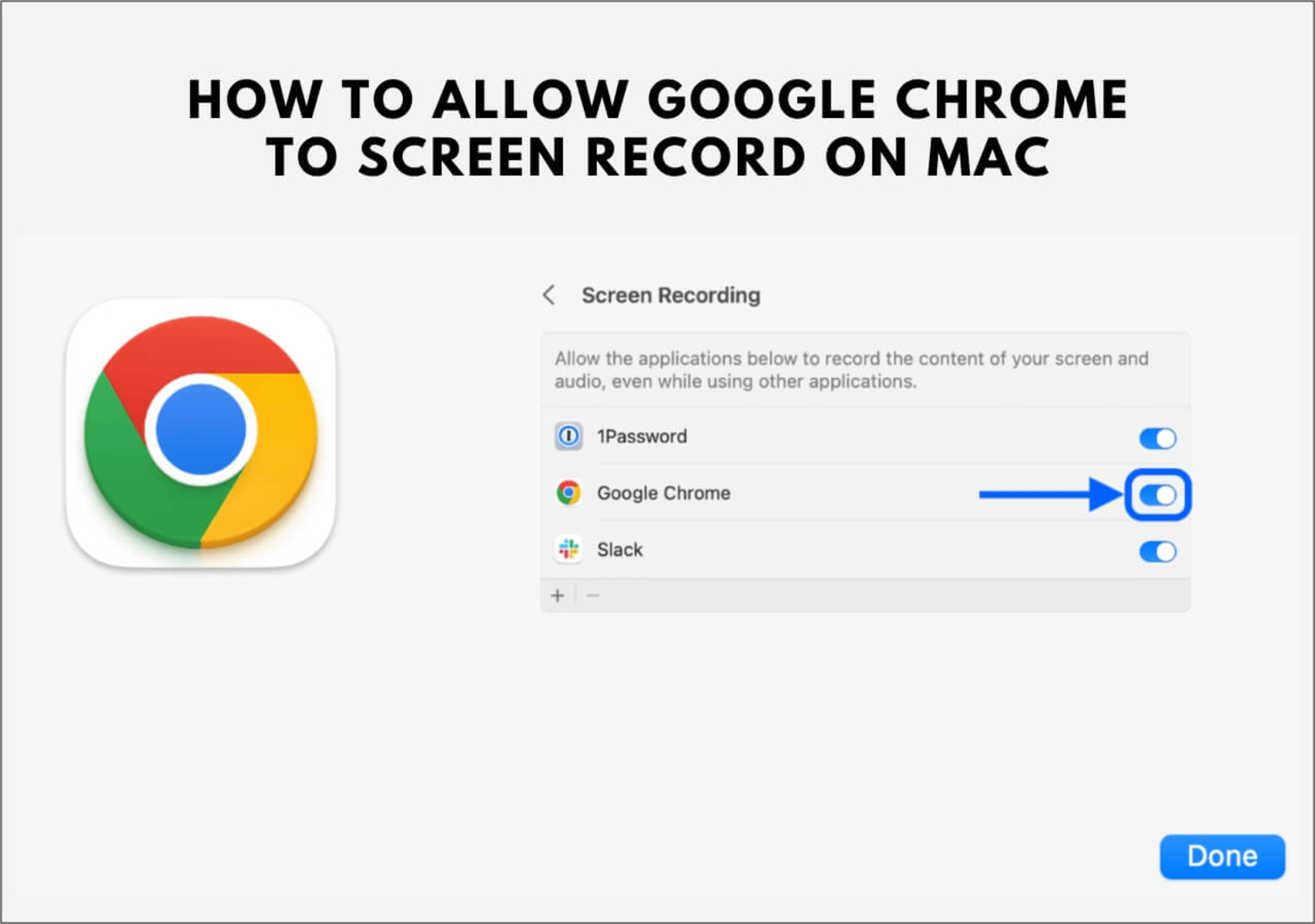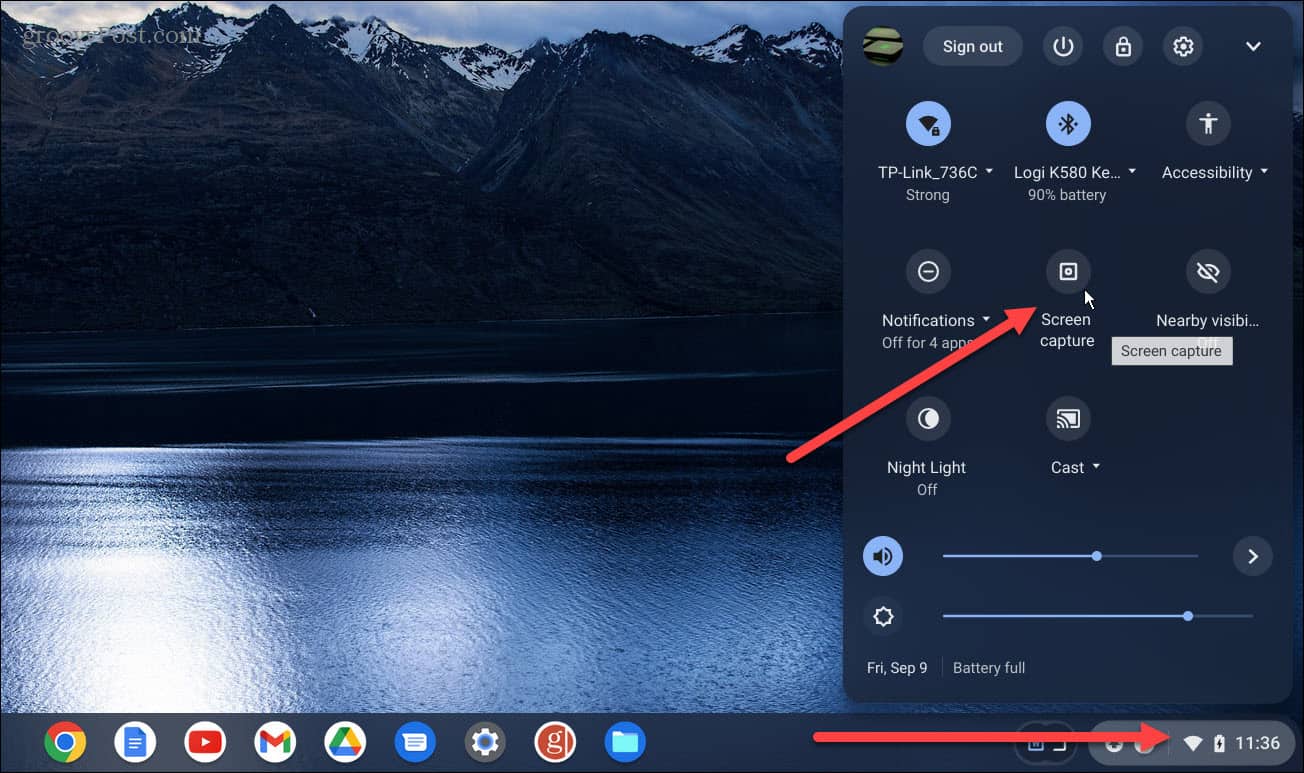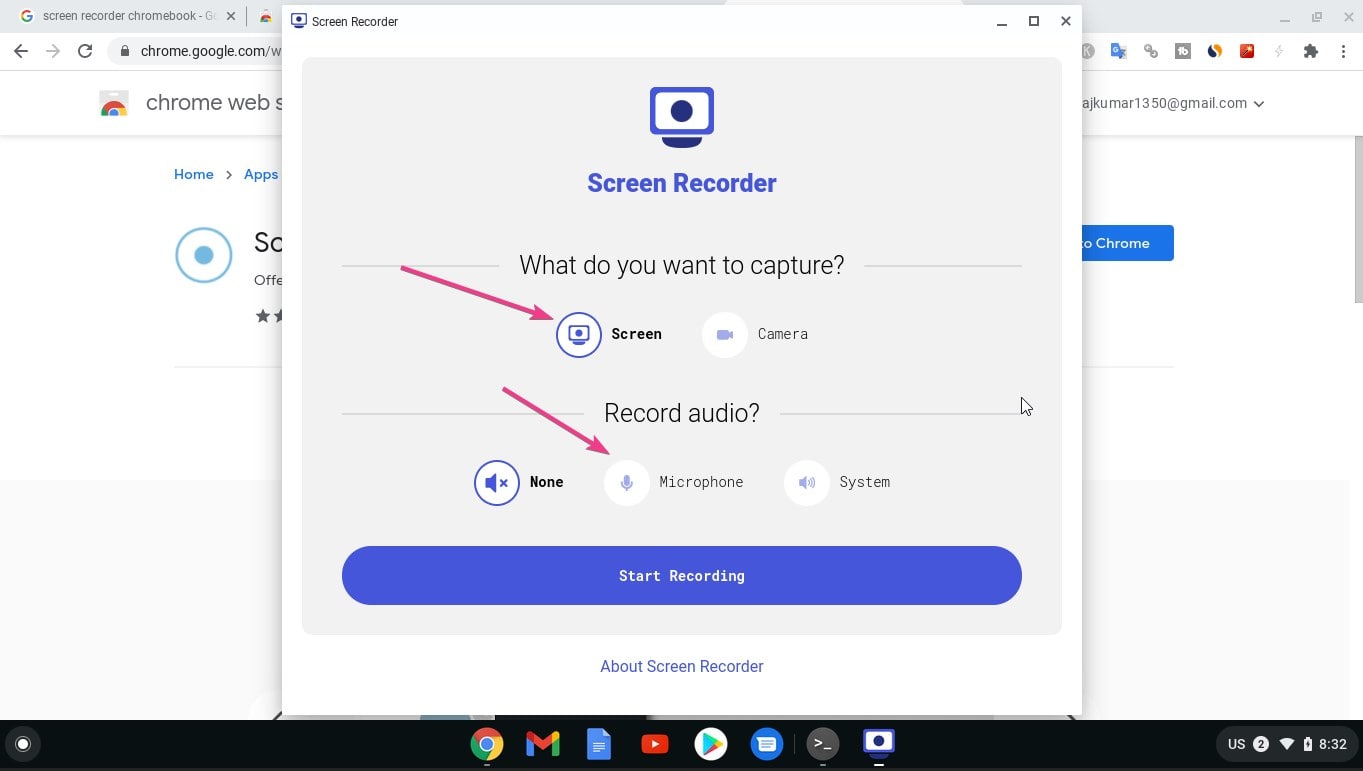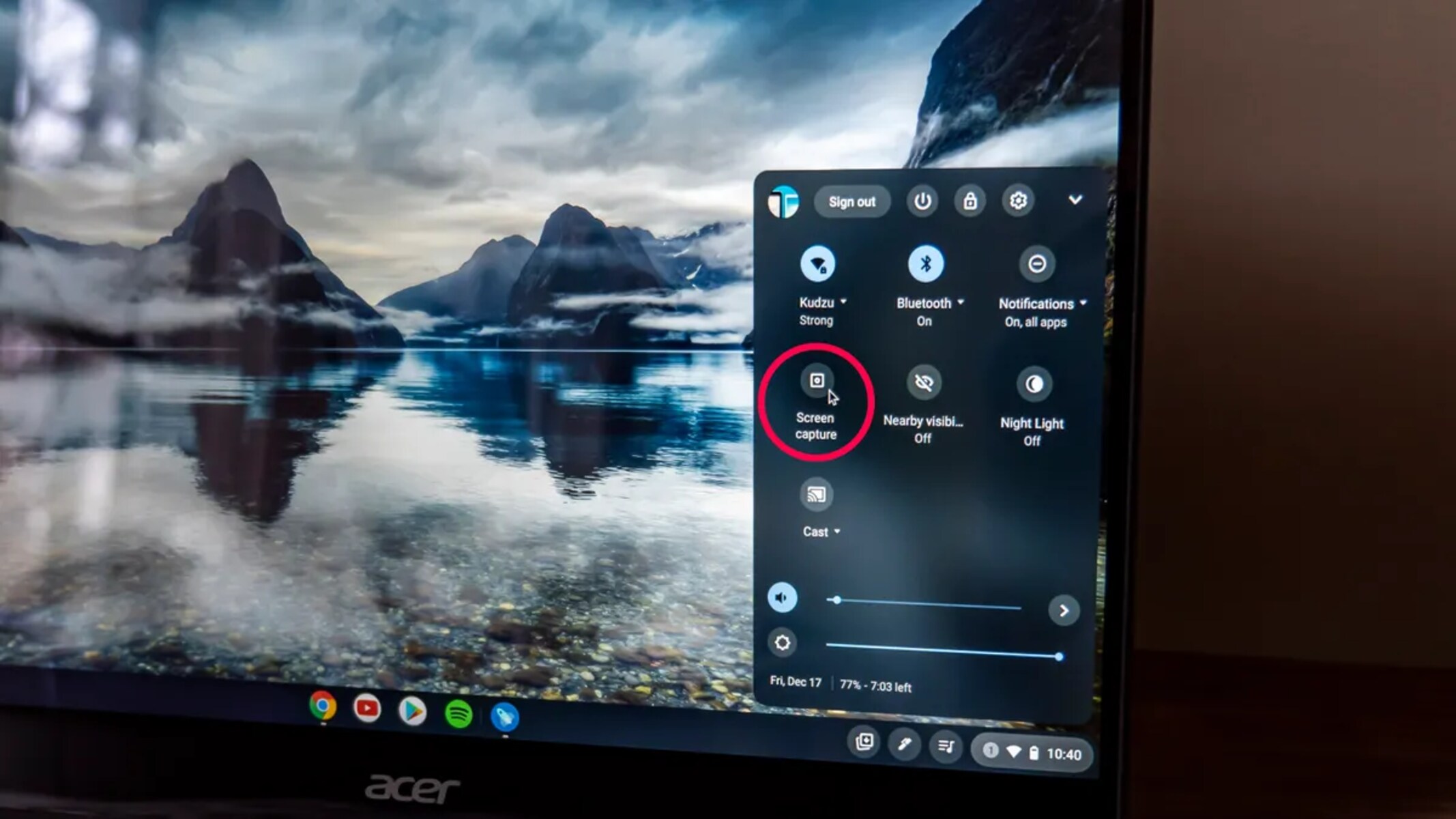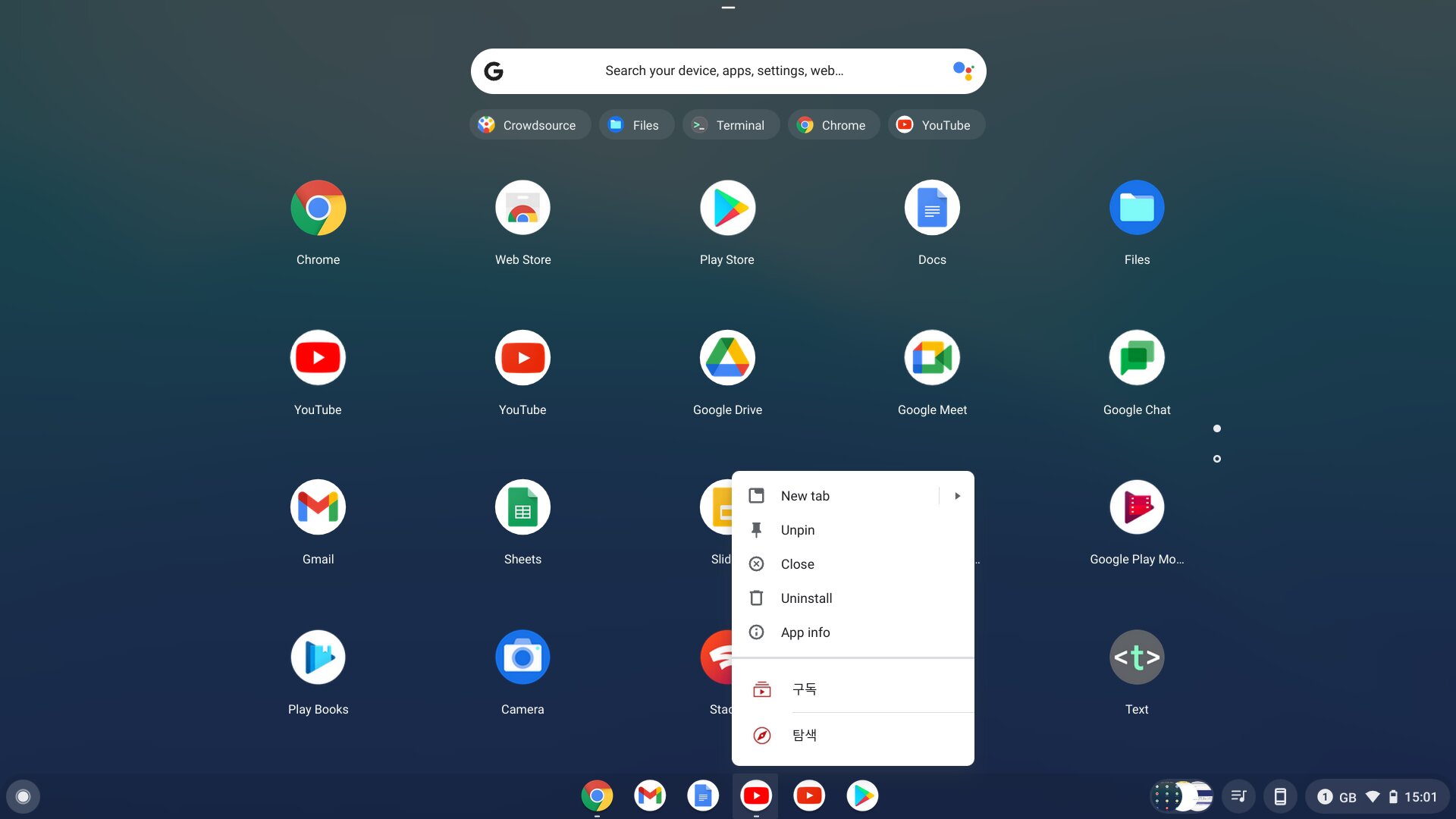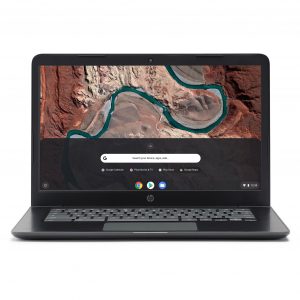Introduction
Screen recording has become an essential tool for various purposes, from creating tutorials and presentations to capturing memorable moments during online conversations. While there are numerous screen recording software available, Chrome users have the advantage of utilizing built-in features and extensions to capture their screens effortlessly. Whether you're a professional seeking a convenient way to demonstrate a process or a casual user interested in preserving a significant online interaction, Chrome offers versatile options for screen recording.
In this article, we will explore two methods for screen recording in Chrome. The first method involves utilizing Chrome's built-in screen recorder, which provides a straightforward approach for capturing your screen without the need for additional software. The second method delves into the world of Chrome extensions, offering a diverse range of tools that cater to specific recording preferences and requirements. By understanding and implementing these methods, you can seamlessly integrate screen recording into your Chrome browsing experience, unlocking a world of possibilities for content creation and information sharing.
Whether you're a seasoned Chrome user or a newcomer to the platform, mastering the art of screen recording can significantly enhance your digital interactions. With the ability to capture and share visual content directly from your browser, you can streamline your communication, simplify complex processes, and preserve valuable moments with ease. As we delve into the intricacies of screen recording in Chrome, you'll discover the power and convenience of these tools, empowering you to express your ideas and experiences in a dynamic and engaging manner. Let's embark on this journey to uncover the wonders of screen recording within the Chrome browser.
Method 1: Using Chrome's Built-in Screen Recorder
Chrome's built-in screen recorder offers a convenient and efficient way to capture your screen without the need for external software or extensions. This native feature is seamlessly integrated into the browser, allowing users to initiate screen recordings with ease. Whether you're showcasing a process, creating instructional content, or preserving a memorable online interaction, Chrome's built-in screen recorder provides a versatile solution for various recording needs.
To access the built-in screen recorder in Chrome, simply open the browser and navigate to the webpage or application you intend to capture. Once you're ready to commence the recording, follow these simple steps:
- Click on the three-dot menu icon located at the top right corner of the Chrome browser window.
- From the dropdown menu, select "More tools" and then choose "Developer tools." Alternatively, you can use the keyboard shortcut "Ctrl + Shift + I" on Windows/Linux or "Cmd + Option + I" on Mac to open the Developer tools panel.
- Within the Developer tools panel, navigate to the top left corner and click on the "Toggle device toolbar" icon, which resembles a mobile device.
- Once the device toolbar is activated, you will notice additional options at the top of the browser window. Among these options, locate and click on the "More options" button, represented by three vertical dots.
- From the expanded menu, select "Record" to initiate the screen recording process.
Upon selecting the "Record" option, Chrome will prompt you to choose the desired screen capture area, enabling you to focus on specific regions of the webpage or application. Once the recording area is defined, simply click "Share" to commence the screen recording. Throughout the recording process, Chrome will display a timer to indicate the duration of the capture, allowing you to monitor the progress of your recording.
Upon completion, you can stop the recording by clicking the "Stop" button within the browser window. Chrome will then generate a preview of the recorded content, providing you with the option to download the recording as a WebM file. This lightweight and widely supported format ensures seamless playback and sharing of your captured content across various platforms and devices.
By leveraging Chrome's built-in screen recorder, users can effortlessly capture their screens, empowering them to create engaging visual content and share valuable insights with precision and ease. Whether you're a professional seeking to demonstrate a process or an enthusiast preserving cherished online interactions, Chrome's native screen recording feature offers a seamless and intuitive solution for your recording needs.
Method 2: Using Chrome Extensions
In addition to Chrome's built-in screen recording capabilities, users can further expand their recording options by leveraging a diverse array of Chrome extensions specifically designed for screen capture and video recording. These extensions offer a range of features and customization options, catering to various recording preferences and requirements. Whether you seek advanced editing tools, flexible recording settings, or seamless integration with popular platforms, Chrome extensions provide a wealth of options to enhance your screen recording experience.
One notable advantage of utilizing Chrome extensions for screen recording is the ability to tailor the recording process to suit specific needs. From capturing full-screen activities to selecting custom regions and incorporating audio from different sources, these extensions offer a high degree of flexibility and control. Additionally, many extensions provide real-time annotation features, enabling users to add text, shapes, and highlights to their recordings, enhancing the clarity and impact of the captured content.
Furthermore, Chrome extensions often integrate seamlessly with popular video hosting and sharing platforms, streamlining the process of uploading and distributing recorded content. This integration facilitates efficient content creation and distribution, empowering users to seamlessly transition from recording to sharing without the need for additional software or complex workflows.
When exploring the realm of Chrome extensions for screen recording, users will encounter a diverse selection of tools, each offering unique features and capabilities. Some extensions prioritize simplicity and ease of use, providing a streamlined recording experience ideal for quick demonstrations and casual content creation. On the other hand, more advanced extensions offer a comprehensive suite of recording and editing features, catering to the needs of professionals and content creators seeking to produce polished and impactful visual content.
By incorporating Chrome extensions into the screen recording process, users can unlock a wealth of creative and functional possibilities, enabling them to capture, enhance, and share their visual content with precision and flair. Whether you're a teacher creating educational materials, a marketer crafting compelling presentations, or a social media enthusiast sharing captivating moments, Chrome extensions for screen recording offer a versatile and empowering toolkit to elevate your digital interactions and content creation endeavors.
Conclusion
In conclusion, the ability to screen record within the Chrome browser opens up a world of possibilities for users across various domains. Whether you're a professional seeking to create instructional content, a marketer aiming to craft compelling presentations, or an enthusiast capturing memorable online interactions, the methods explored in this article offer versatile and accessible solutions for screen recording.
By leveraging Chrome's built-in screen recorder, users can initiate screen recordings seamlessly without the need for external software or complex setups. The native integration of this feature within the browser empowers users to capture their screens with ease, providing a straightforward and efficient solution for a wide range of recording needs. The ability to define the recording area and download the captured content in a lightweight WebM format ensures that users can effortlessly create and share visual content directly from their Chrome browser.
Furthermore, the utilization of Chrome extensions for screen recording introduces a diverse array of tools and features, catering to specific recording preferences and requirements. From flexible recording settings to real-time annotation capabilities, these extensions offer a high degree of customization and control, empowering users to tailor their recording experiences to suit their unique needs. Additionally, the seamless integration with popular video hosting and sharing platforms streamlines the process of distributing recorded content, enhancing the overall efficiency and impact of the recording workflow.
As users delve into the realm of screen recording within Chrome, they gain access to a dynamic toolkit that enables them to express their ideas, demonstrate processes, and preserve valuable moments with precision and flair. The combination of built-in features and extensions provides a comprehensive and versatile ecosystem for screen recording, empowering users to elevate their digital interactions and content creation endeavors.
In essence, the methods outlined in this article not only showcase the technical aspects of screen recording within Chrome but also highlight the creative and functional potential that these tools offer. By mastering the art of screen recording, users can enhance their communication, simplify complex processes, and share their experiences in a dynamic and engaging manner, ultimately unlocking new avenues for creativity and expression within the digital landscape.







